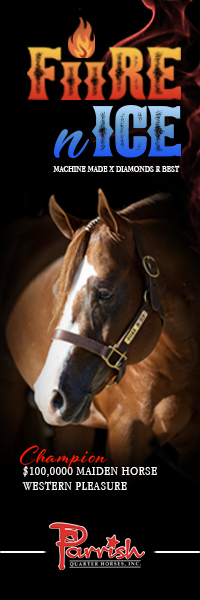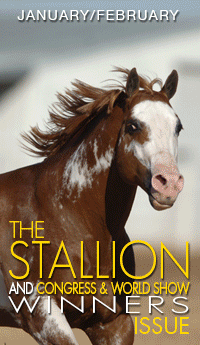Retained Placenta Causes Post-Foaling Emergency
January 22, 2016 Comments Off on Retained Placenta Causes Post-Foaling Emergency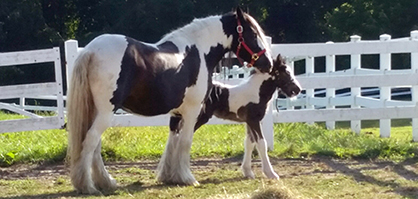
The timing is crucial on the placenta passing, because mares can get septic shock as the tissue starts to degrade in the uterus. “Bacteria can get into the bloodstream and also release inflammatory factors, and the horse can develop laminitis within a day,” Boyle said. “It is a life-threatening condition if you don’t get the placenta out.”
Continue reading …Test Tube Foal Born Using Egg Harvested From Mare That Died 11 Months Earlier
January 21, 2016 Comments Off on Test Tube Foal Born Using Egg Harvested From Mare That Died 11 Months Earlier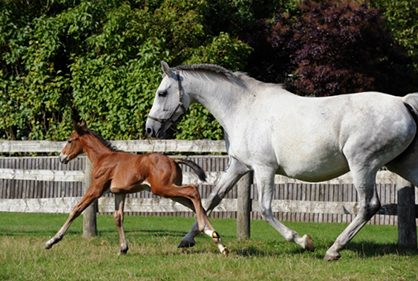
“At the moment, we can freeze stallion sperm reliably but not horse eggs or embryos. However, ICSI embryos are smaller and more robust to the freezing process. Now that this method has proved successful, it could be possible to use it more routinely and widely for the purposes of conservation.”
Continue reading …Is it Possible to Judge If a Horse is a Happy Athlete?
January 15, 2016 Comments Off on Is it Possible to Judge If a Horse is a Happy Athlete?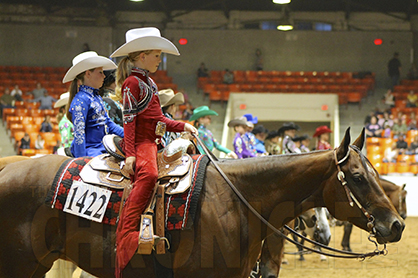
Pleasurable social activities, feelings of engagement and purpose with life are cited as some of the contributing causes of human happiness; however, does happiness exist in species other than humans and if it does can the signs be identified?
Continue reading …Wish There Was a Bloodstock and Performance Horse Management Degree When You Were in College?
January 13, 2016 Comments Off on Wish There Was a Bloodstock and Performance Horse Management Degree When You Were in College?
This innovative course will include visits to performance horse and racing businesses as well as 20-week work placement.
Continue reading …2016 Horseman’s Clinic- Feb. 6th- University of Illinois
January 12, 2016 Comments Off on 2016 Horseman’s Clinic- Feb. 6th- University of Illinois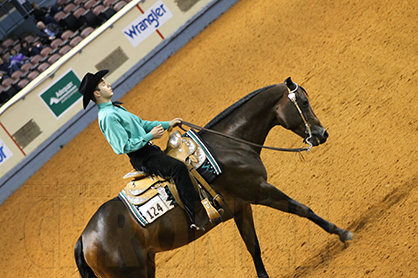
University of Illinois at Urbana-Champaign We hope you’ll join us for the 2016 Horseman’s Clinic on February 6, 2016. The Horseman’s Clinic aims to increase education and awareness of all horse owners on basic and in-depth topics pertaining to a horse’s health maintenance and prevention of disease. We’ll cover topics such as: Hoof care and […]
Continue reading …Unlocking Genetic Secrets of the Dun Coat in Horses
January 8, 2016 Comments Off on Unlocking Genetic Secrets of the Dun Coat in Horses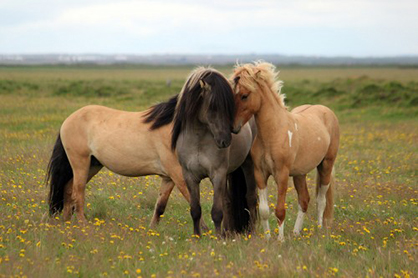
A recent study, published in Nature Genetics, reveals a newly discovered mechanism that explains the genetic roots of the dun pattern and uncovers why the pattern does not appear in most domesticated horses.
Continue reading …Improving Halter Judging With Form to Function
January 5, 2016 Comments Off on Improving Halter Judging With Form to Function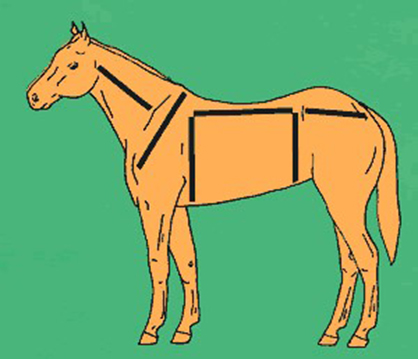
A laid back shoulder allows horses to reach out further as there is greater room for the humerus bone to rotate before it contacts the shoulder blade, which increases stride length and contributes to quality of movement.
Continue reading …6 Cold-Weather Tips For Horse Owners
January 4, 2016 Comments Off on 6 Cold-Weather Tips For Horse Owners
One of the major causes for colic in the winter is an impaction caused by inadequate water intake. Technology has provided us with excellent solutions to that problem: heated water tubs and non-freezing automatic watering systems.
Continue reading …Traveling With a Horse? To Blanket or Not To Blanket?
January 1, 2016 Comments Off on Traveling With a Horse? To Blanket or Not To Blanket?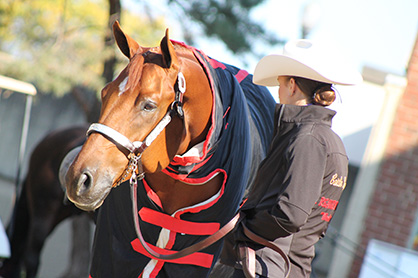
Some people go by the 35-40° rule. If it gets to or below those numbers, get those blankets on. Again, this is all depending on your horse’s coat. If he is body clipped or has a light coat, he should wear his regular blanket in the trailer, with full ventilation
Continue reading …UC Davis Seeking Appaloosas For Clinical Trial
December 30, 2015 Comments Off on UC Davis Seeking Appaloosas For Clinical Trial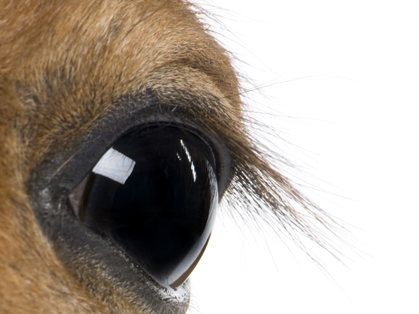
Marked by repeated episodes of inflammation of the eye’s uveal tract, Recurrent Uveitis is eight times more likely to occur in Appaloosas and four times more likely to cause blindness in the breed. This study will attempt to uncover the specific genetic factors associated with the disease in Appaloosa horses.
Continue reading …


